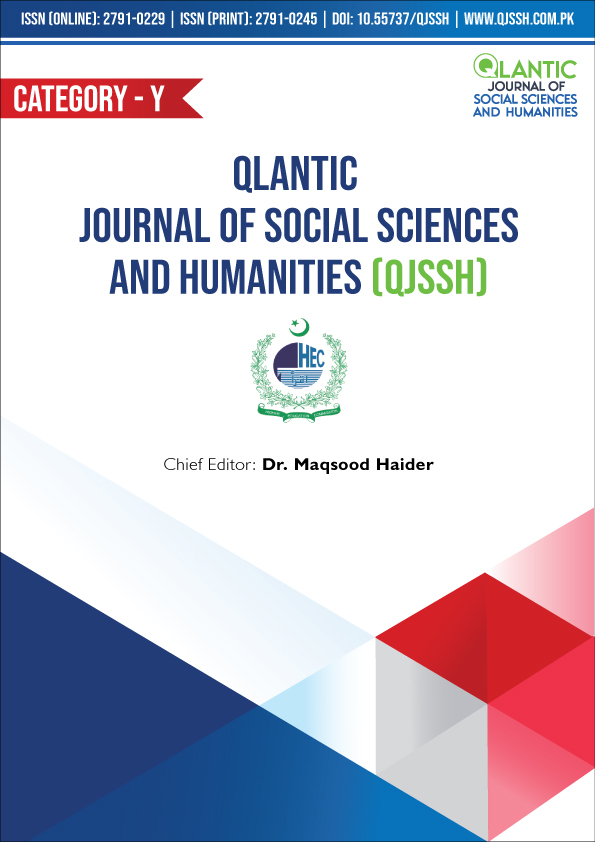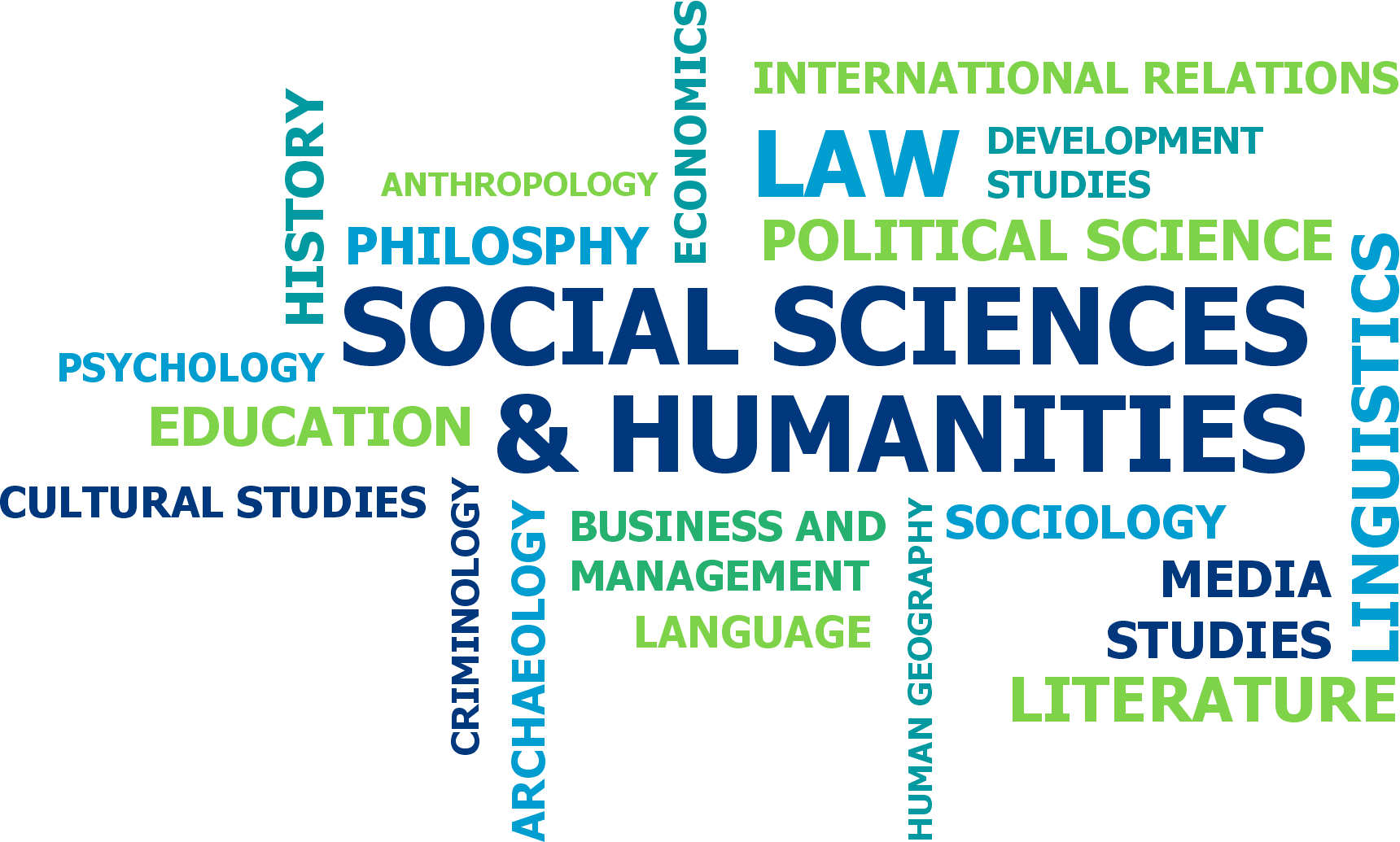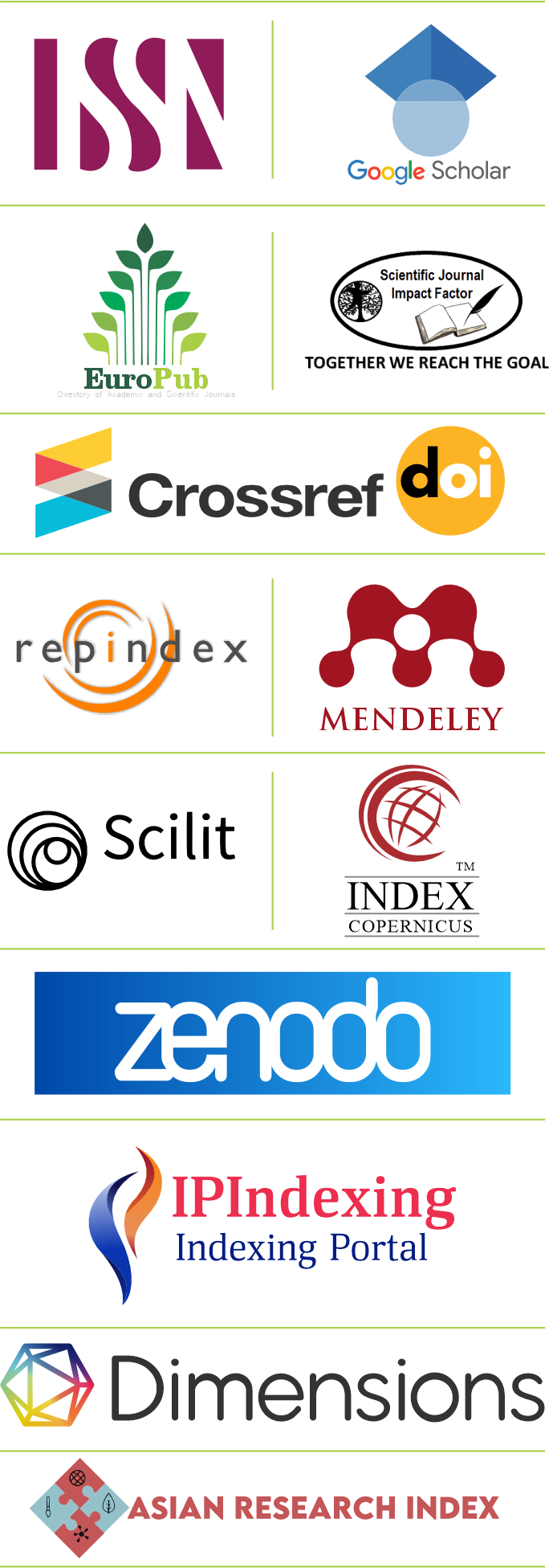Religious Tourism in Taxila Valley: Assessing Tourist Impact and Strategies for Heritage Management
DOI:
https://doi.org/10.55737/qjssh.vi-i.25321Keywords:
Religious Tourism, Heritage Conservation, Taxilla Valley, UNESCOAbstract
The Taxila Valley in Pakistan is a site of enormous religious and historical significance, recognized as a UNESCO World Heritage Site, attracting large numbers of tourists from around the world. This study explores the tourist impact of religious tourism and heritage conservation in the Taxila Valley, highlighting its potential as a key driver for responsible tourism and economic development. Significant issues have been investigated critically, including the effects of development, degradation of the environment, and a lack of infrastructure. This study also highlights how crucial it is to engage local communities, put responsible tourism policies into action, and strengthen collaboration between government agencies, business stakeholders, and international organizations. Taxila may contribute to Pakistan's cultural and economic development while acting as a paradigm for the preservation of ancient heritage through responsible tourism development and efficient heritage management. To ensure that future generations can continue to experience and profit from this unique cultural resource, the results of this study provide realistic recommendations for enhancing heritage tourism in the region.
References
Baker, D. A., & Crompton, J. L. (2000). Quality, Satisfaction and behavioral intentions. Annals of Tourism Research, 27(3), 785-804. https://doi.org/10.1016/s0160-7383(99)00108-5
Finance Division. (2017). Fiscal Development. Pakistan Economic.
Hunziker, W., & Krapf, K. (1942). Fundamentals of the general theory of tourism. University of Bern: Bern, Switzerland.
Lee, J. (. (2014). Visitors’ emotional responses to the festival environment. Journal of Travel & Tourism Marketing, 31(1), 114-131. https://doi.org/10.1080/10548408.2014.861726
Parker, R. D. (2007). Provincial and territorial on-line tourism: How Canadian provinces and territories are using the Internet for travel marketing and promotion. Academy of Marketing Studies Journal, 11(2), 39.
Raj, R., & Morpeth, N. D. (2007). Introduction: establishing linkages between religious travel and tourism. Religious tourism and pilgrimage festivals management: an international perspective, 1-14. https://doi.org/10.1079/9781845932251.0000
Rhaman, M. R. (2016). The socio-economic importance of tourism and its impact on the livelihood in South Asia: Case Rangamati, Bangladesh. https://www.theseus.fi/handle/10024/116404
Schwab, K., Martin, C., Samans, R., Moavenzadeh, J., & Hanouz, M. D. (2017). The Travel & Tourism Competitiveness Report. World Economic Forum, 1-378. https://www3.weforum.org/docs/WEF_TTCR_2017_web_0401.pdf
Su, Q., Cao, Y., & Lin, B. (2005). Comparative study on residents’ perception of tourism impact at tourist places. Chinese Geographical Science, 15(1), 70-79. https://doi.org/10.1007/s11769-003-0072-x
The Charter Etos (1999), 8TH Draft, for Adoption by ICOMOS at the 12th General Assembly, Mexico, October 1999, International Cultural Tourism Charter Managing Tourism at Places Of Heritage Significance.
UNESCO. (2001). Universal Declaration on Cultural Diversity. http://unesdoc.unesco.org/images/0012/001271/127160m.pdf
UNESCO. (2010), Cultural Tourism, https://www.taylorfrancis.com/books/mono/9780429277498/cultural-tourism-hilary-du-cros-bob-mckercher
Downloads
Published
Issue
Section
License
Copyright (c) 2025 Dr. Owais Khan, Dr. Adnan Ahmad Dogar, Zunaira Mumtaz, Humna Ijaz

This work is licensed under a Creative Commons Attribution-NonCommercial 4.0 International License.





